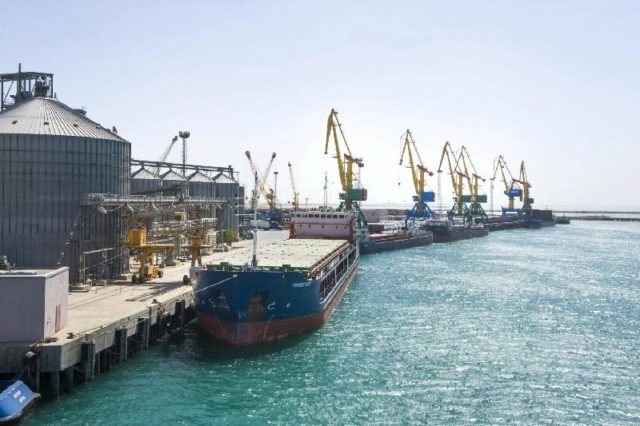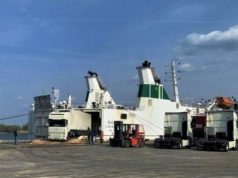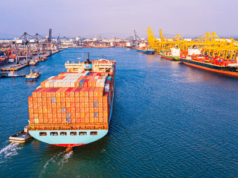Region: Volga-Don Basin, Azov Sea, Black Sea, Caspian Sea
Tonnage: Coasters
In the Azov-Black Sea basin, the decline in the freight market has so far stopped. There are practically no spot ships in search of cargo. This situation is explained by the fact that the senders want to “drain” the leftovers of the goods, due to the decrease in the price of raw materials: with the arrival of grain of the 21/22 harvest on the market, the price level is unlikely to meet expectations of $ 250 + FOB Black Sea for wheat 12.5%. Senders of goods that do not fall under the quota and duty are quite active. In this regard, we will not see rates below $ 15 per ton for the Black Sea from Rostov in the near future.
Flights to non-traditional destinations are gaining popularity. The fact is that in an effort to get rid of expensive old stocks, manufacturers and traders find other sales markets, as an alternative to export to Turkey. From the ports of Azov, shipments of grain are shipped to Ghent, Libya, Tunisia, which makes the tonnage capable of performing such voyages valuable. The rates for these directions are currently noticeably higher than comparable but usual routes.
Будет ли уровень фрахта таким как раньше? На сегодня рынок костеров Черного моря все еще высок. За обратные грузы из Турции на Грузию/Украину Судовладельцы озвучивают уровень фрахта в районе средних 10-х. Отправители же, которые были вынуждены платить высокий фрахт достаточно долгое время, сейчас ведут переговоры более сдержанно, пытаясь получить уровень очень низких 10-х. Актуальный уровень пока не определен, и темп отгрузок снизился. Тем не менее, позиция Судовладельцев выглядит более сильной, поскольку альтернативной работы в регионе сейчас достаточно.
The continued congestion of ships in Israeli ports is exacerbated by the lack of actual berths for various cargoes and a shortage of manpower to facilitate timely loading and unloading operations, which followed a marked increase in cargo traffic in March. In an attempt to mitigate the situation, the port authorities have provided discounts on additional waiting times. But even so, shipowners do not want to enter the ports of Israel without an additional premium to the freight, which in some cases reached 20%. Waiting times range from 13 to 21 days and a significant number of ships are still waiting at anchorage. The situation may improve by the end of May.
Middle Eastern charterers who ship steel products say there is a continuing urgent need for Handy-size spot vessels in the Persian Gulf. Demand began to rise in early April. Charterers complain that the spot fleet is currently very low, and most of the ships heading towards the Persian Gulf have already been locked up for onward voyages. This situation arises due to the fact that shipowners prefer to deploy their fleet in the Pacific Basin to operate on the Far East – East Coast of India and vice versa, as this region currently offers attractive rates and a stable volume of cargo. Thus, the Persian Gulf is out of sight,
Report prepared by Glogos
source: http://www.morvesti.ru/news/1679/89301/







